India has taken a monumental step in its trade relations with the United Kingdom by signing a comprehensive Free Trade Agreement (FTA). This agreement is particularly significant for the automobile industry, as it introduces massive customs duty reductions on fully built luxury cars, electric vehicles (EVs), and trucks imported from the UK.
Let’s break down what this agreement means for the Indian market, the automotive sector, and consumers.
What’s in the India-UK Free Trade Agreement?
At the heart of this FTA is the Tariff Rate Quota (TRQ) mechanism. Under TRQ, certain quantities of UK-made vehicles can be imported into India at progressively lower customs duties over a 15-year period. These vehicles include:
- High-end Internal Combustion Engine (ICE) luxury cars
- Electric/Hybrid/Hydrogen vehicles
- Commercial trucks
ICE Passenger Cars – Duty Slashed Across Engine Segments
The FTA splits ICE vehicles into three categories based on engine size:
|
Engine Segment |
Current Base Duty |
Year 1 In-Quota Duty |
Year 5 In-Quota Duty |
|
>3000cc (Petrol) / >2500cc (Diesel) |
110% |
30% |
10% |
|
1500cc–3000cc (Petrol) / Up to 2500cc (Diesel) |
66% |
50% |
10% |
|
Up to 1500cc |
66% |
50% |
10% |
Key Points:
- In the first year, 20,000 units will be allowed at reduced tariffs.
- The quota increases to 37,000 units by year 5, then settles at 15,000 units annually from year 15 onward.
- Out-of-quota duties also reduce gradually, e.g., 95% in Year 1 → 50% by Year 10 for large engines.
EVs and Hybrid Cars – Structured Relief Based on Price
Electric and hybrid vehicles are covered under separate TRQs. Relief is offered only for vehicles priced above £40,000 CIF.
|
EV Price Range (CIF) |
Year 6 In-Quota Duty |
Year 10 In-Quota Duty |
Year 15 Quota |
|
£40,000–£80,000 |
50% |
10% |
2,000 units |
|
Above £80,000 |
40% |
10% |
20,000 units |
Note: No tariff relief for EVs below £40,000 or those beyond quota.
Commercial Vehicles – Trucks Benefit Too
The agreement also includes ICE trucks (HS Code 8704):
|
Year |
In-Quota Duty |
Out-of-Quota Duty |
Quota Size |
|
1 |
37% |
41.8% |
2,500 units |
|
5 |
8.8% |
33% |
3,500 units |
|
10+ |
8.8% |
22% |
3,500 units |
Who’s Excluded?
Not all vehicles benefit from this FTA. Exclusions include:
- Electric two-wheelers
- Zero-emission commercial vehicles (e.g., buses)
- EVs priced below £40,000 CIF
- Out-of-quota EVs and hybrids (full duties apply)
Why This Matters
This FTA is India’s first with a developed country focused deeply on the auto sector. Here's how it helps:
For Indian Consumers:
- Access to brands like Jaguar, Rolls-Royce, Aston Martin, and McLaren at lower prices
- More choices in EV and luxury segments
For UK Automakers:
- Smoother entry into one of the world’s fastest-growing automotive markets
For Indian Industry:
- A phased roadmap allows time to adapt and stay competitive
Final Thoughts
This India-UK FTA could be a game-changer for the Indian automobile market. With a clear 15-year roadmap, it opens up opportunities for luxury car buyers while maintaining safeguards for domestic manufacturers.
India is not just buying cars—it’s building a future of strategic global trade, green mobility, and consumer empowerment.
Also Read: VinFast Inaugurates First Indian Dealership in Surat
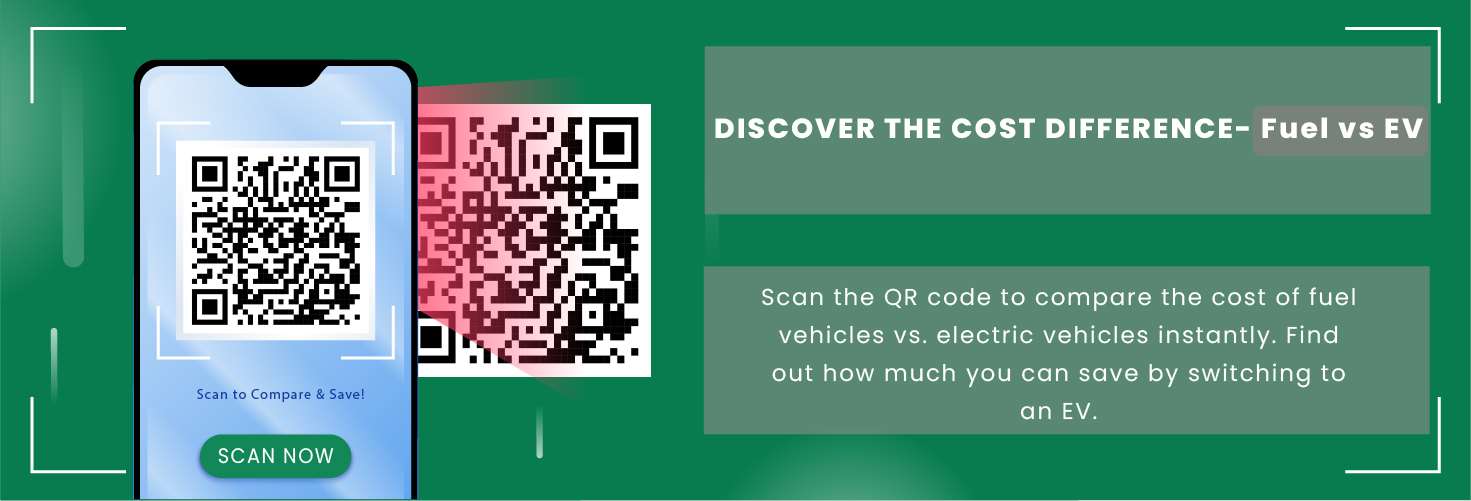

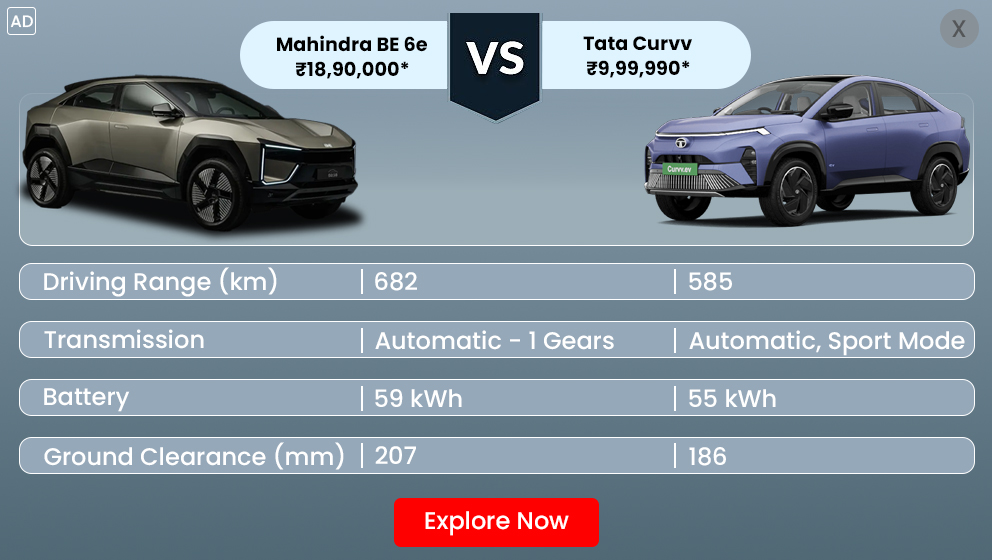

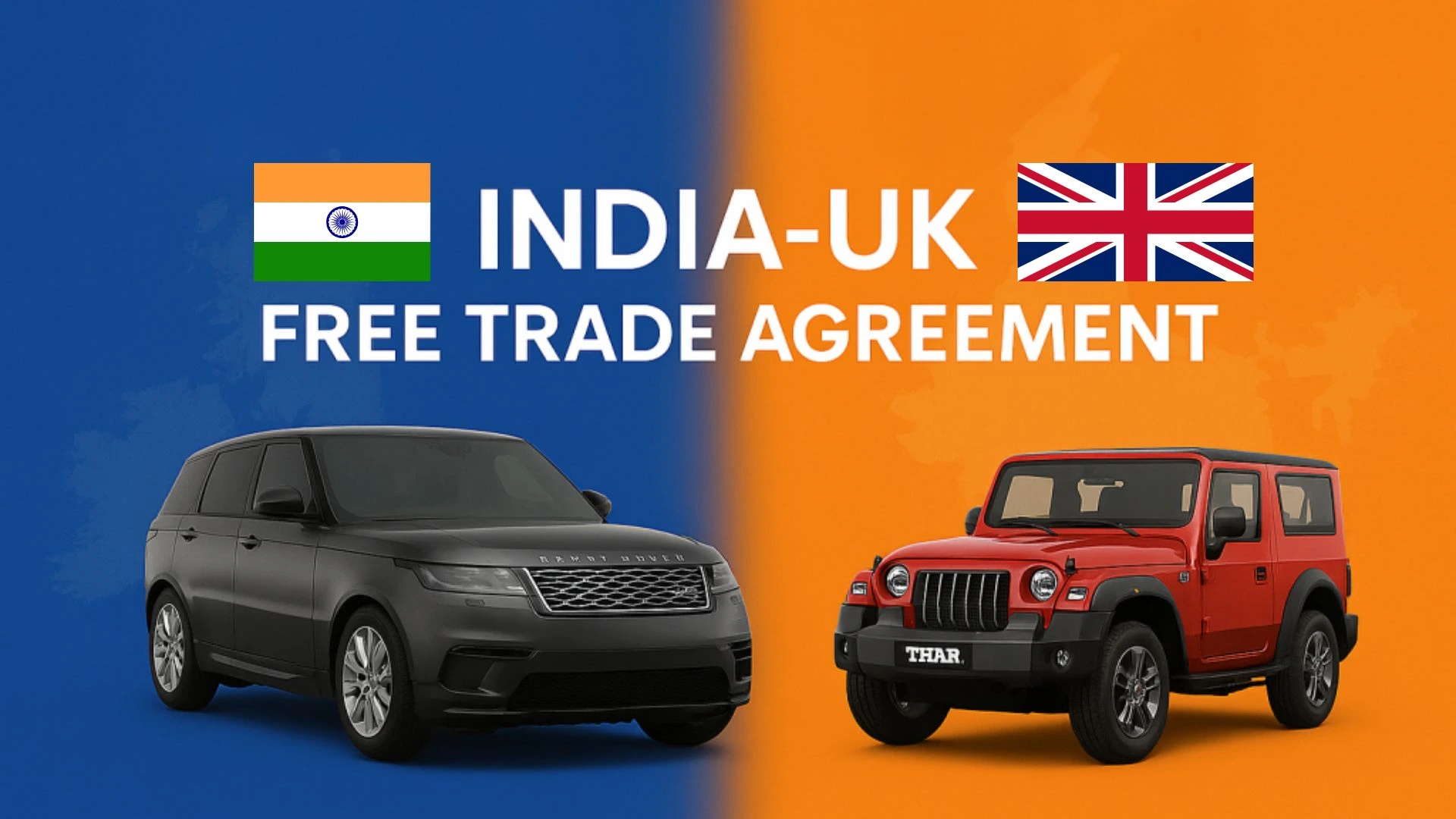

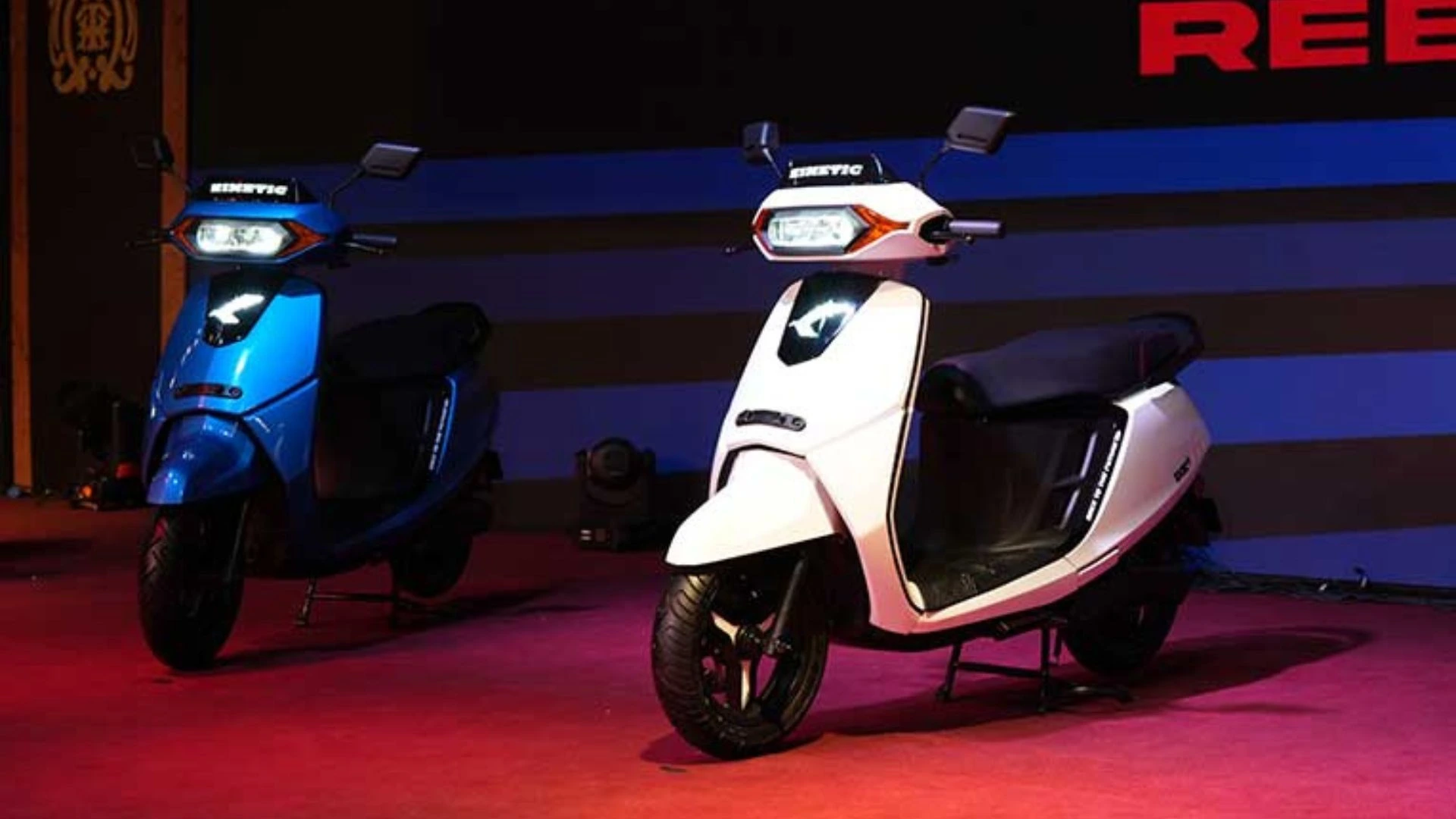

_1766129034.webp)
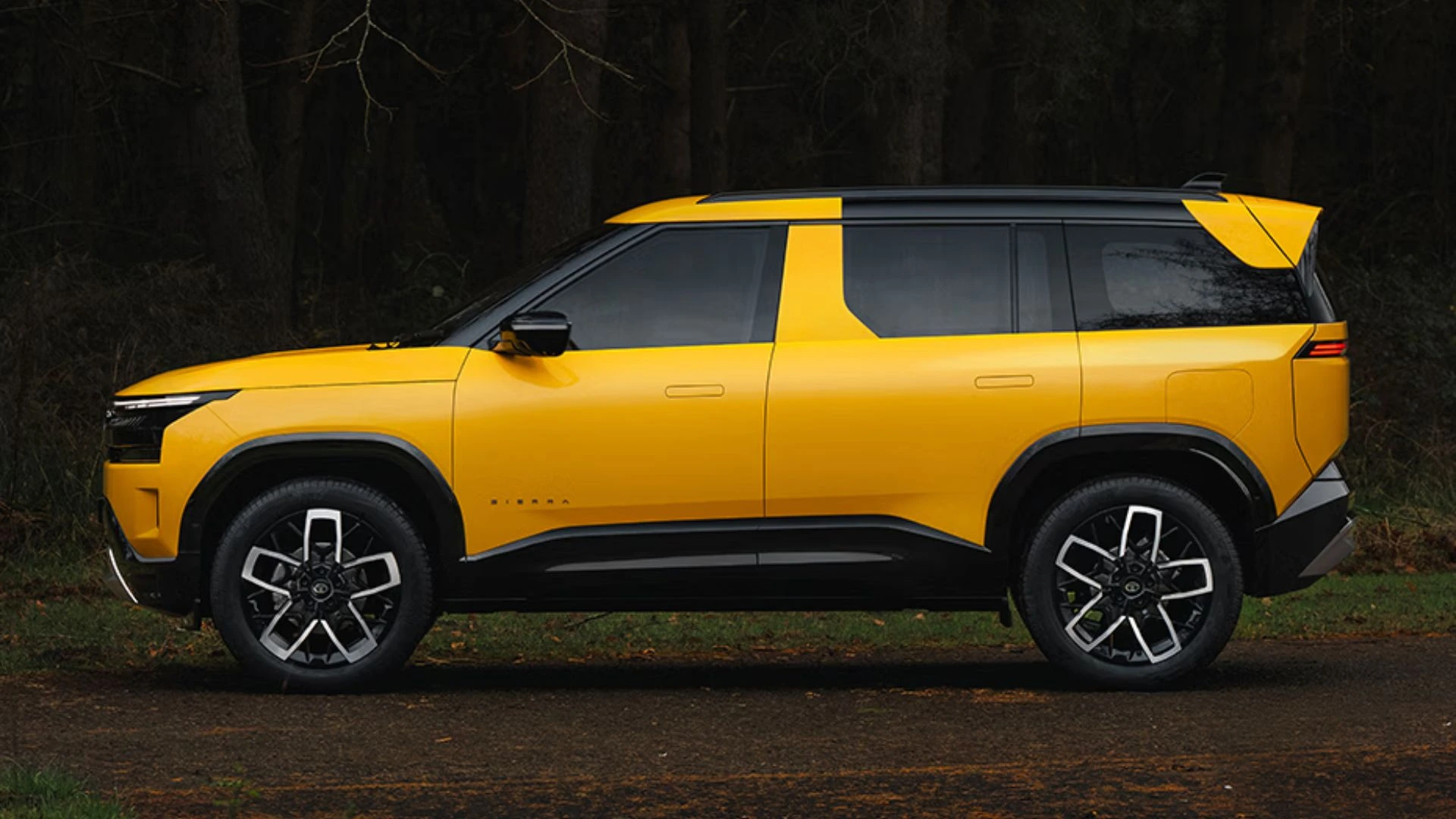
 Positioning Affordable 7-seat_1766042570.webp)